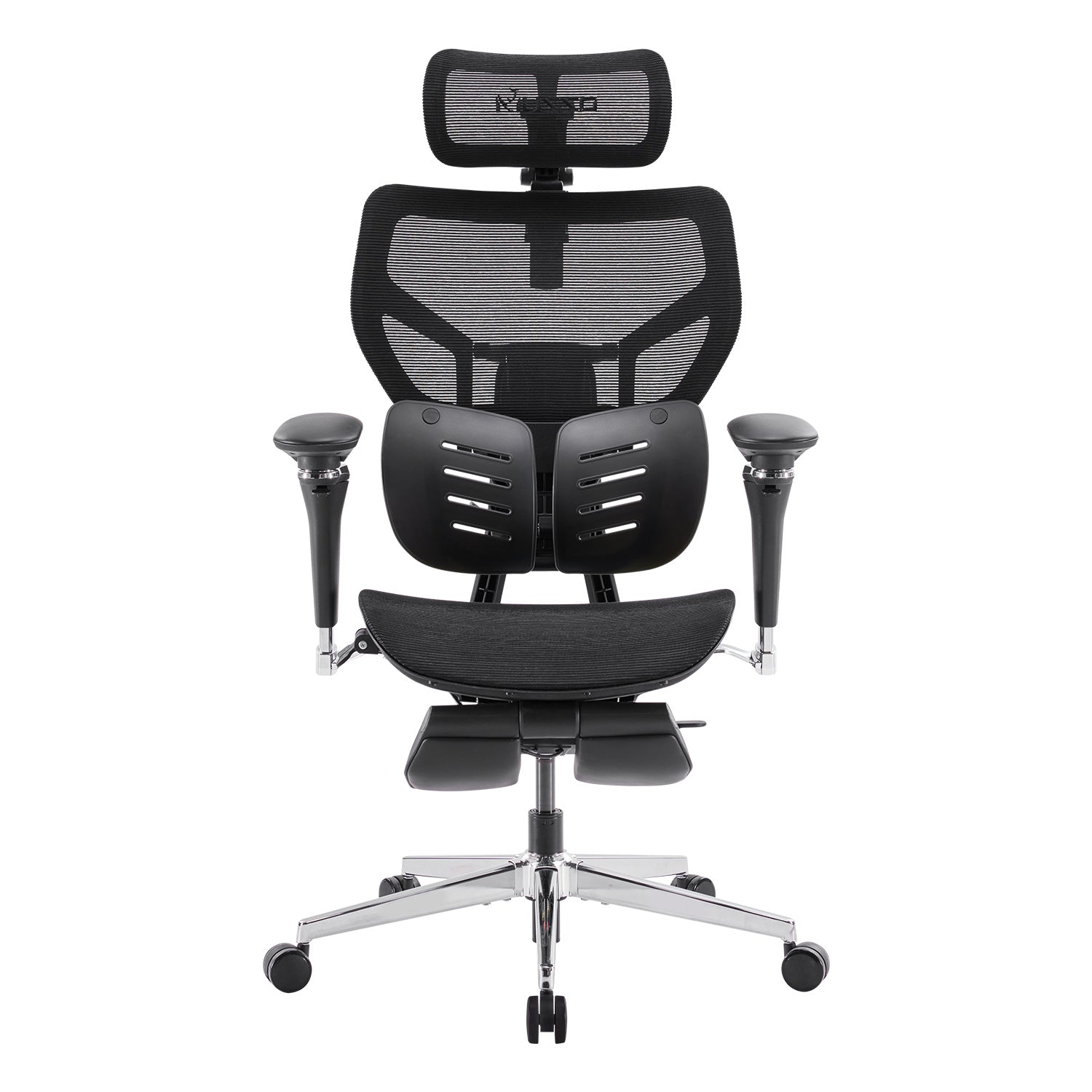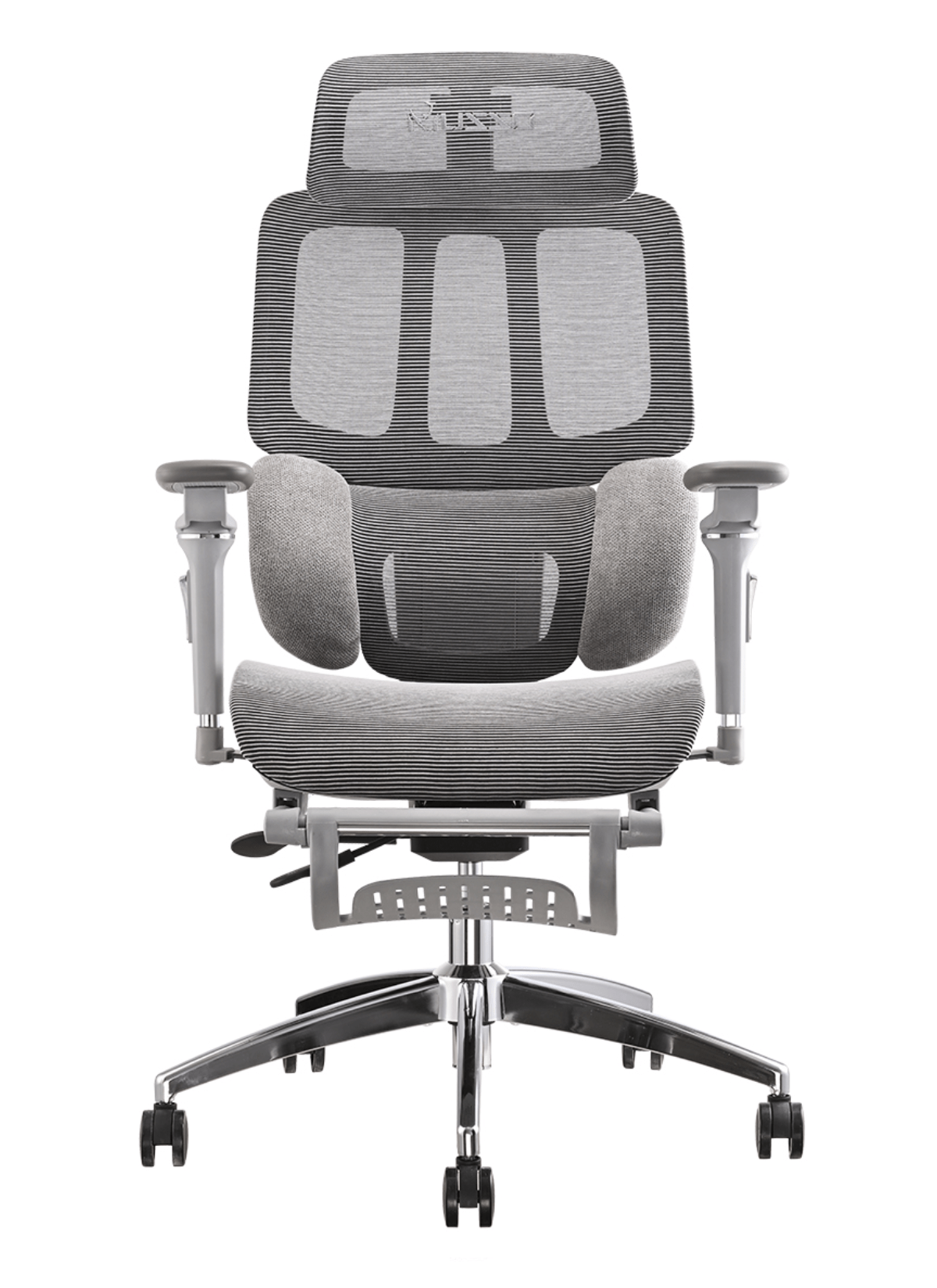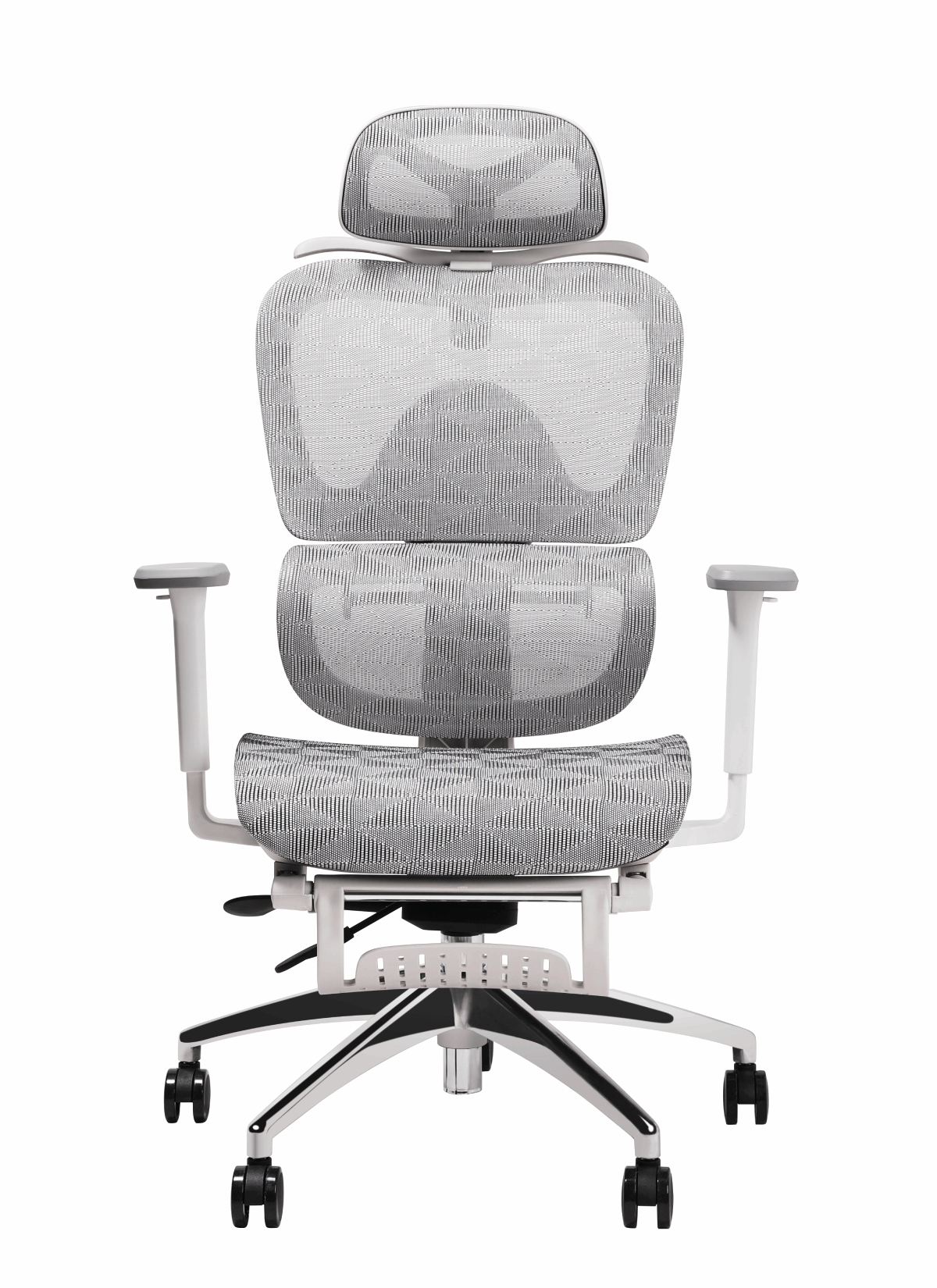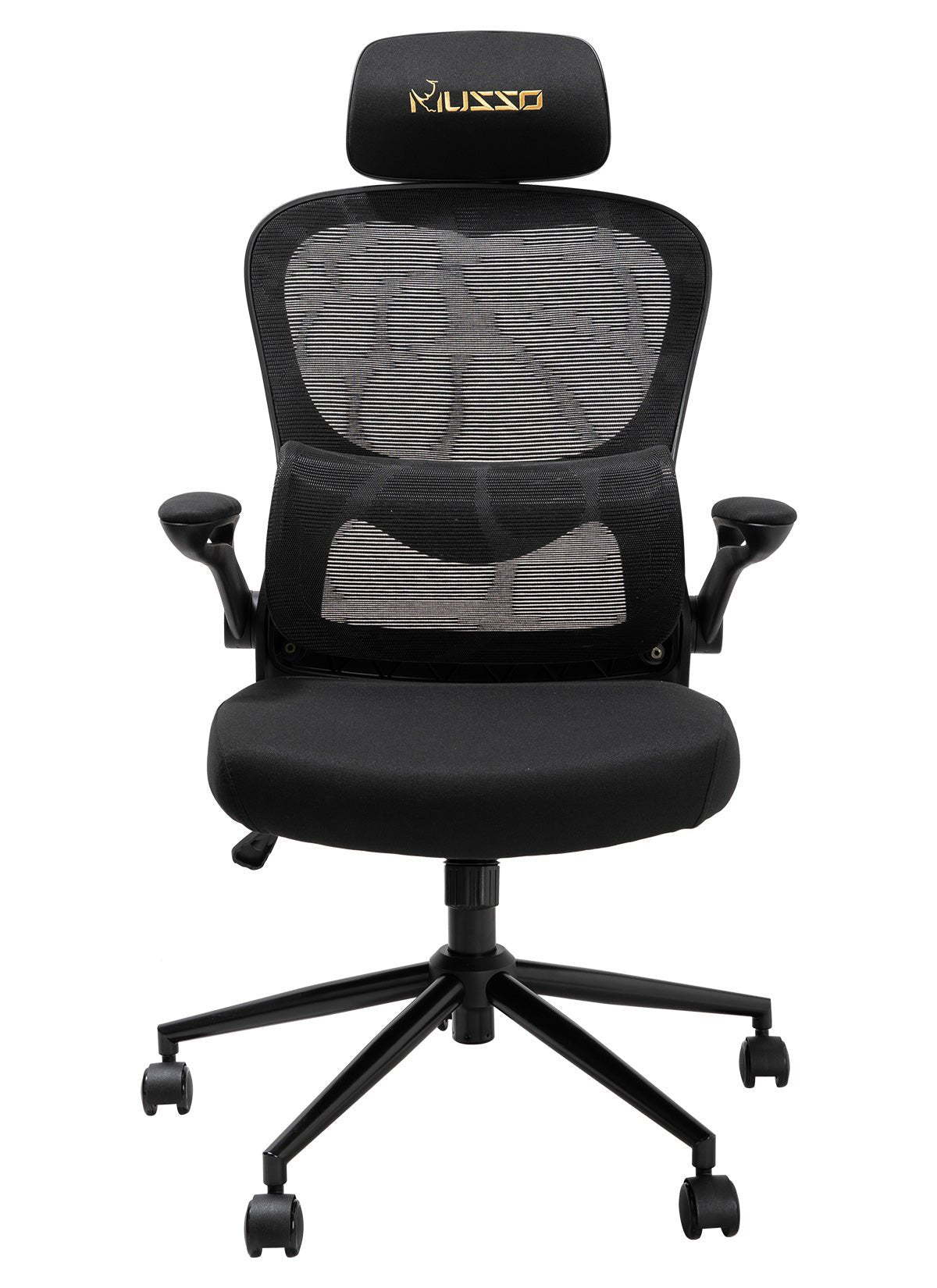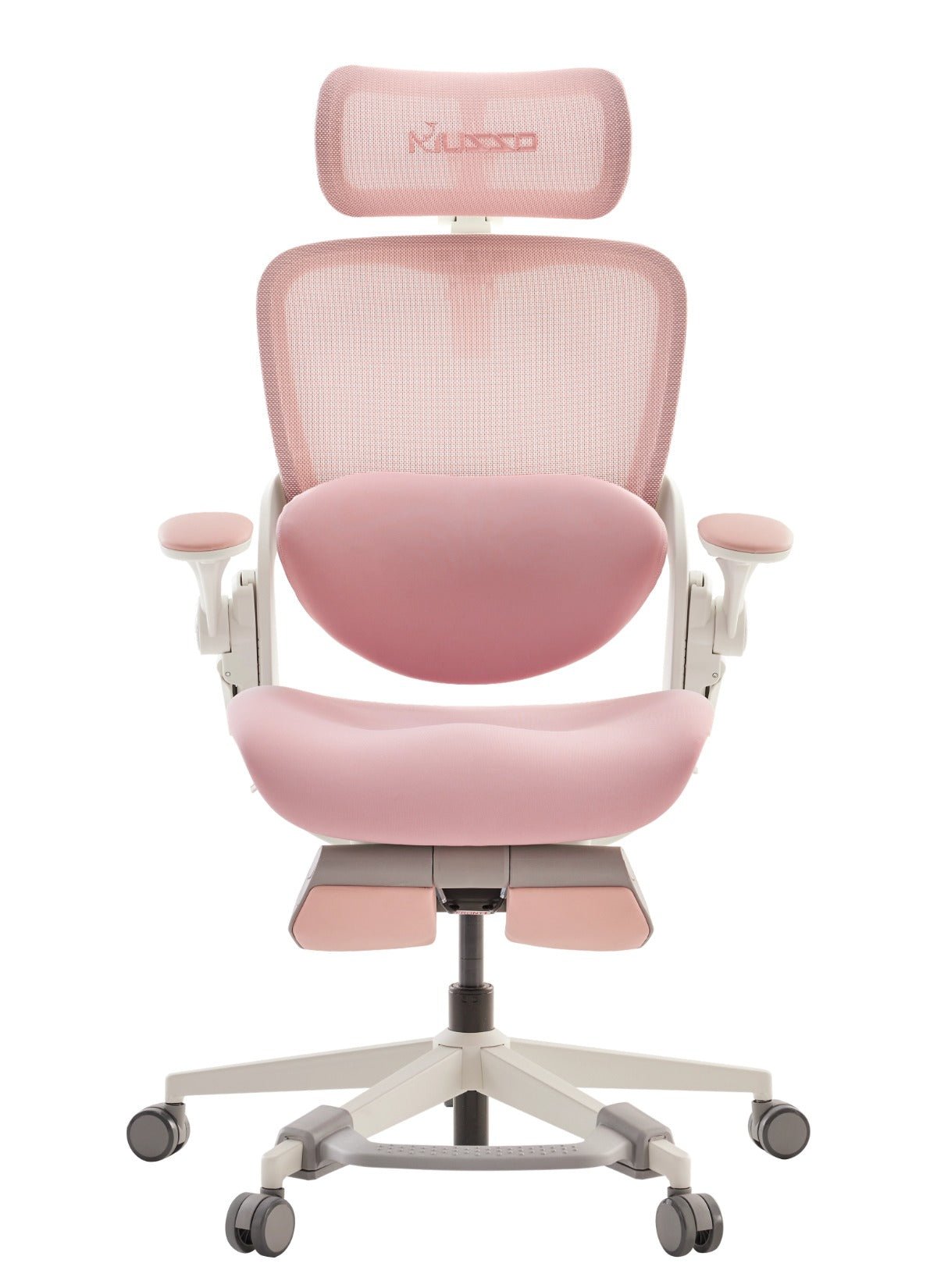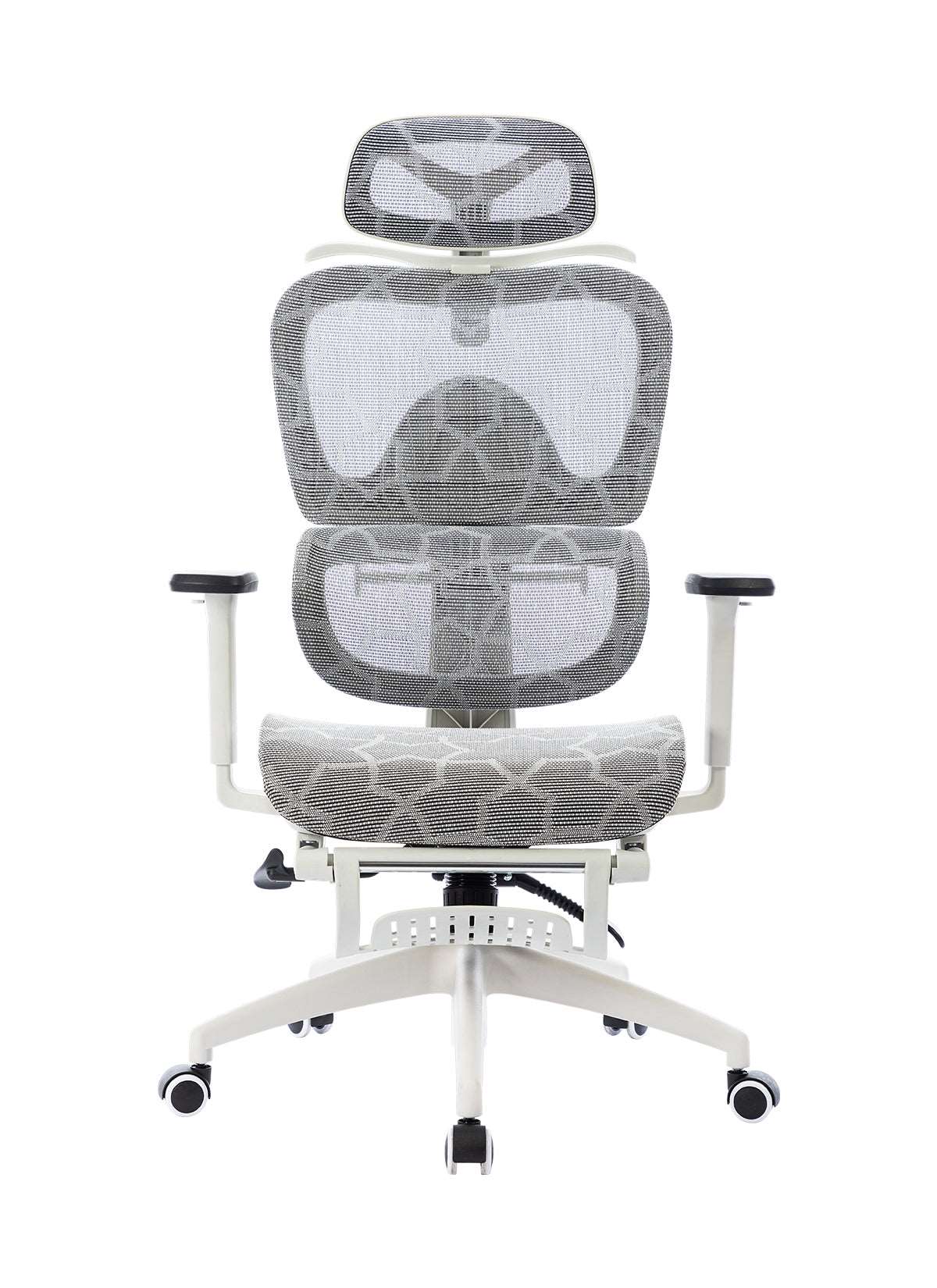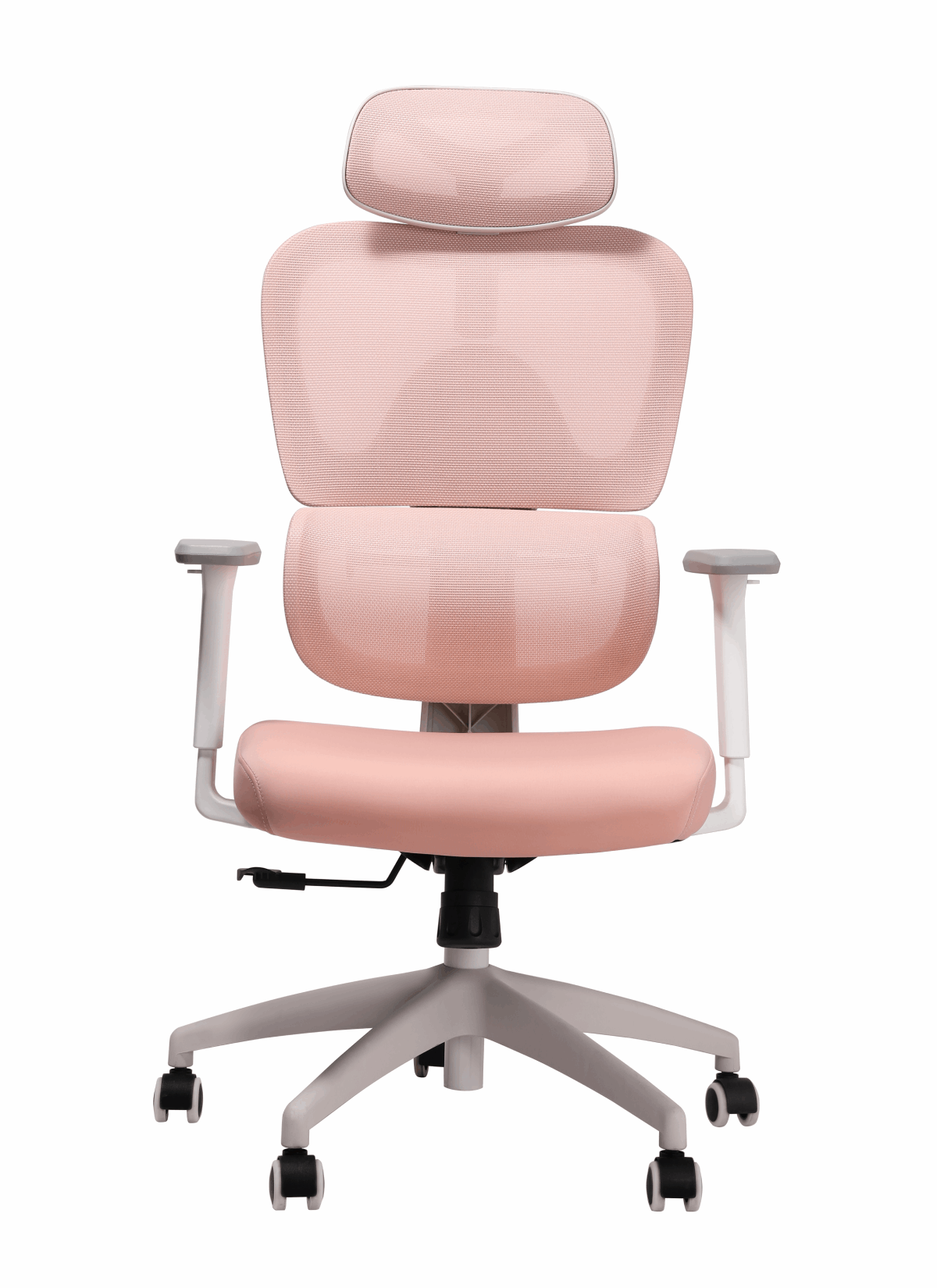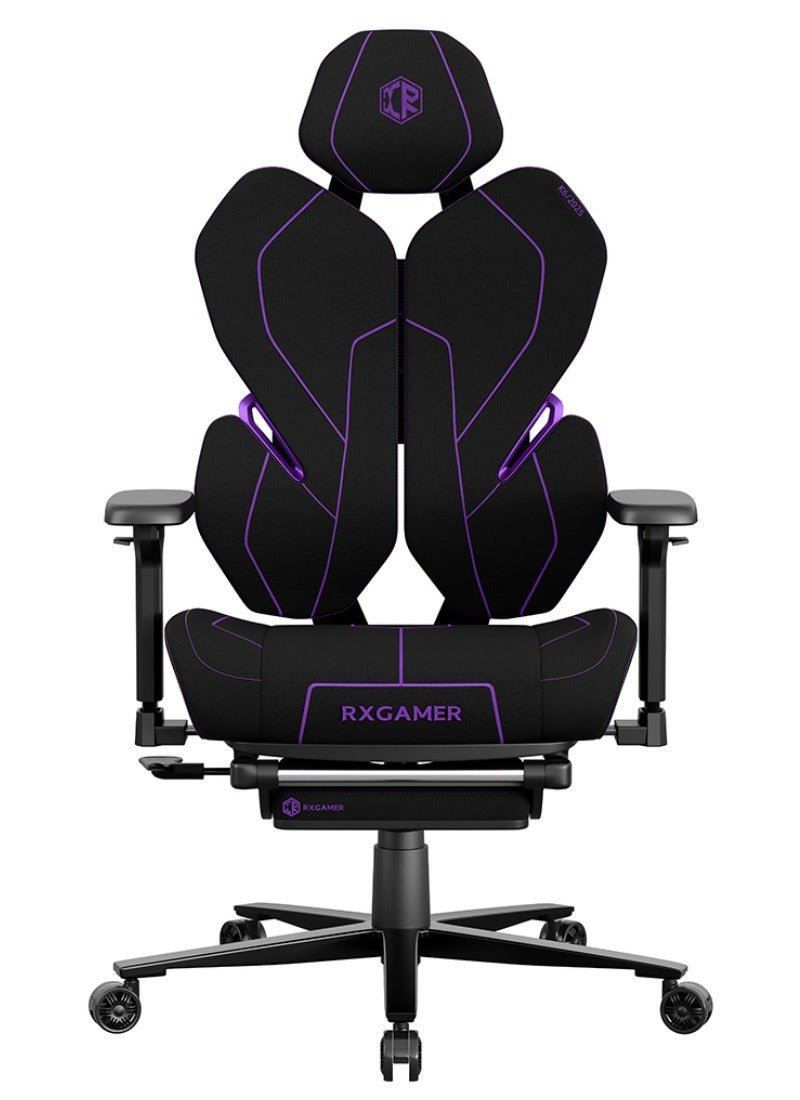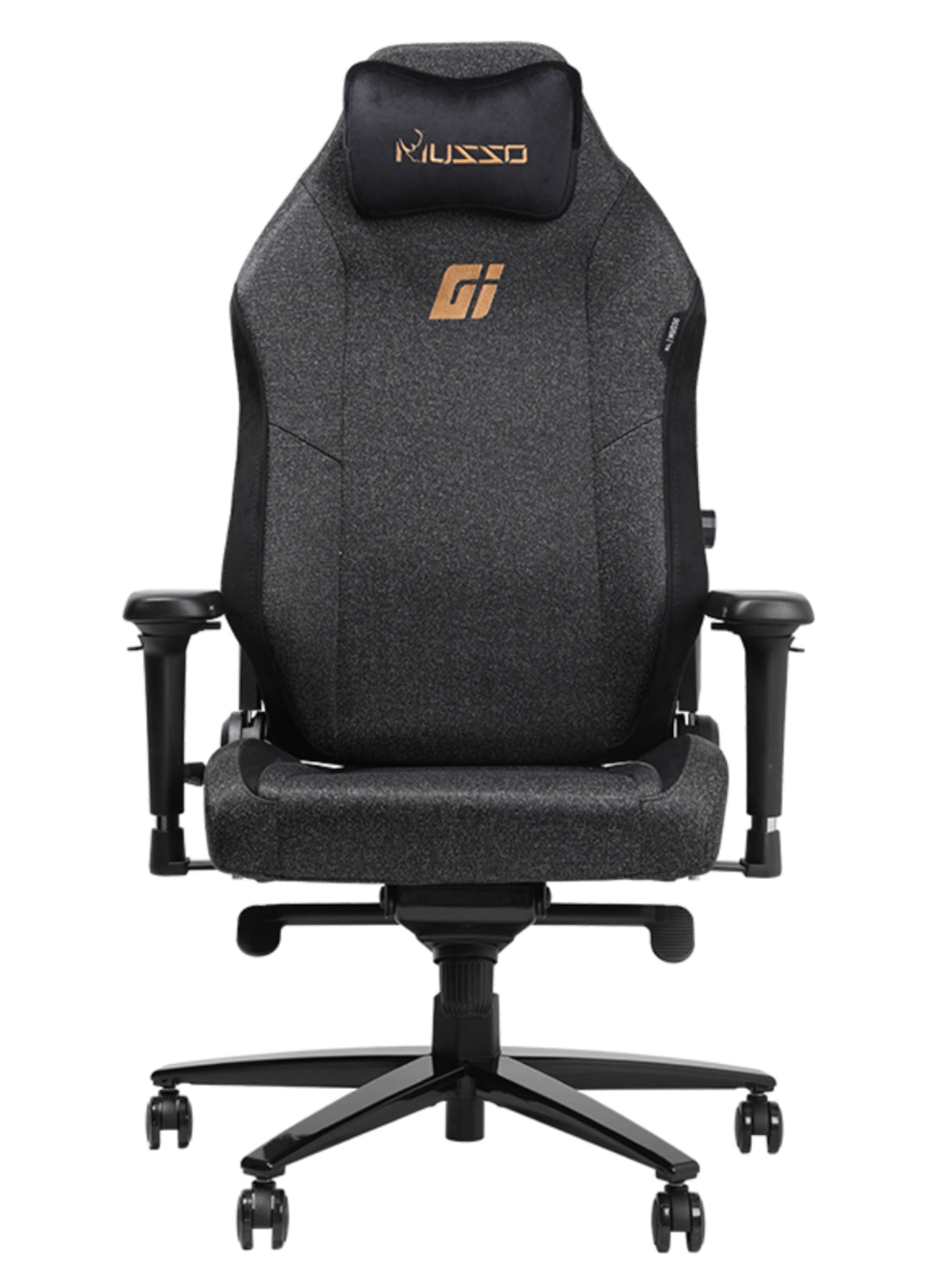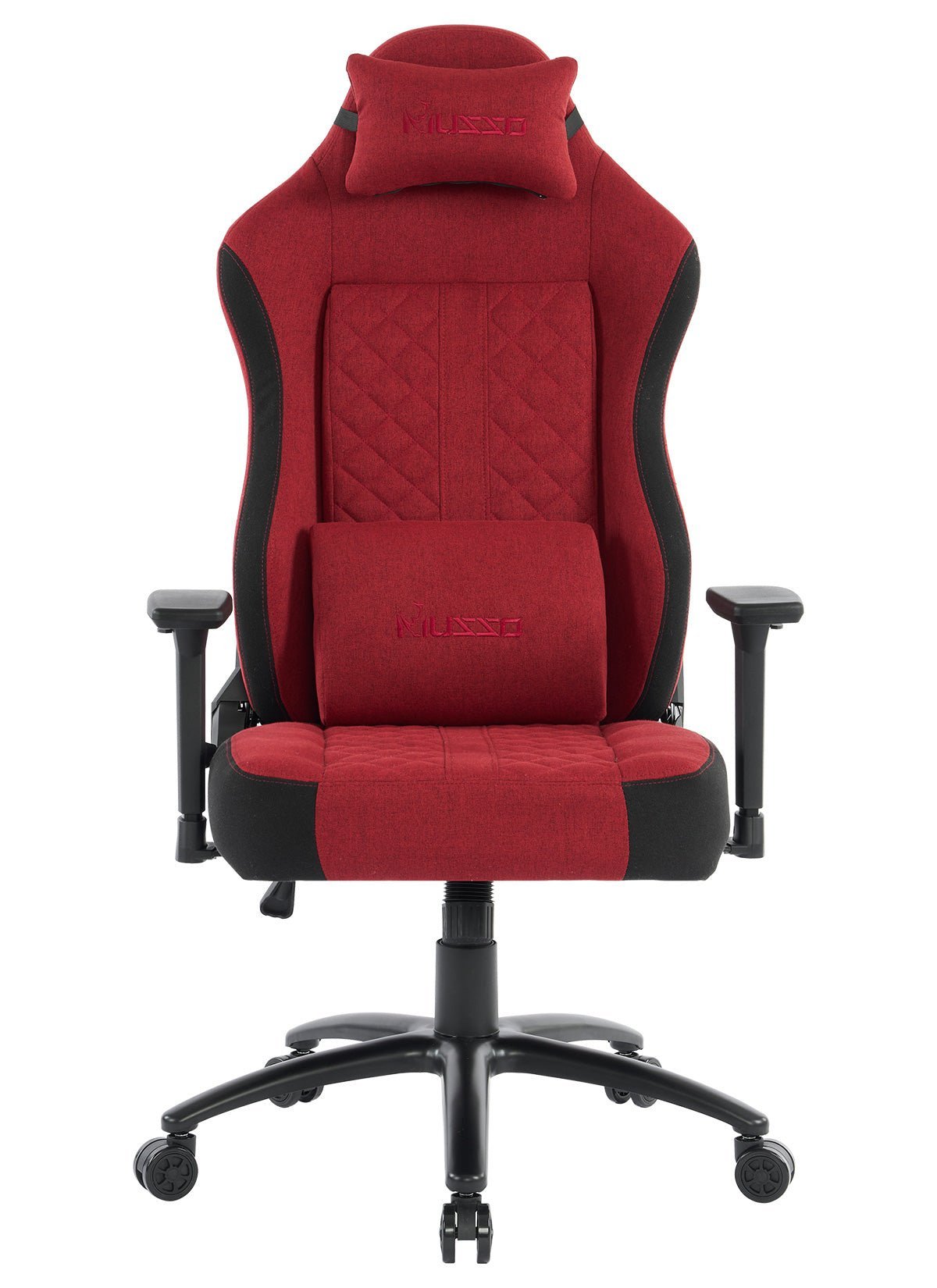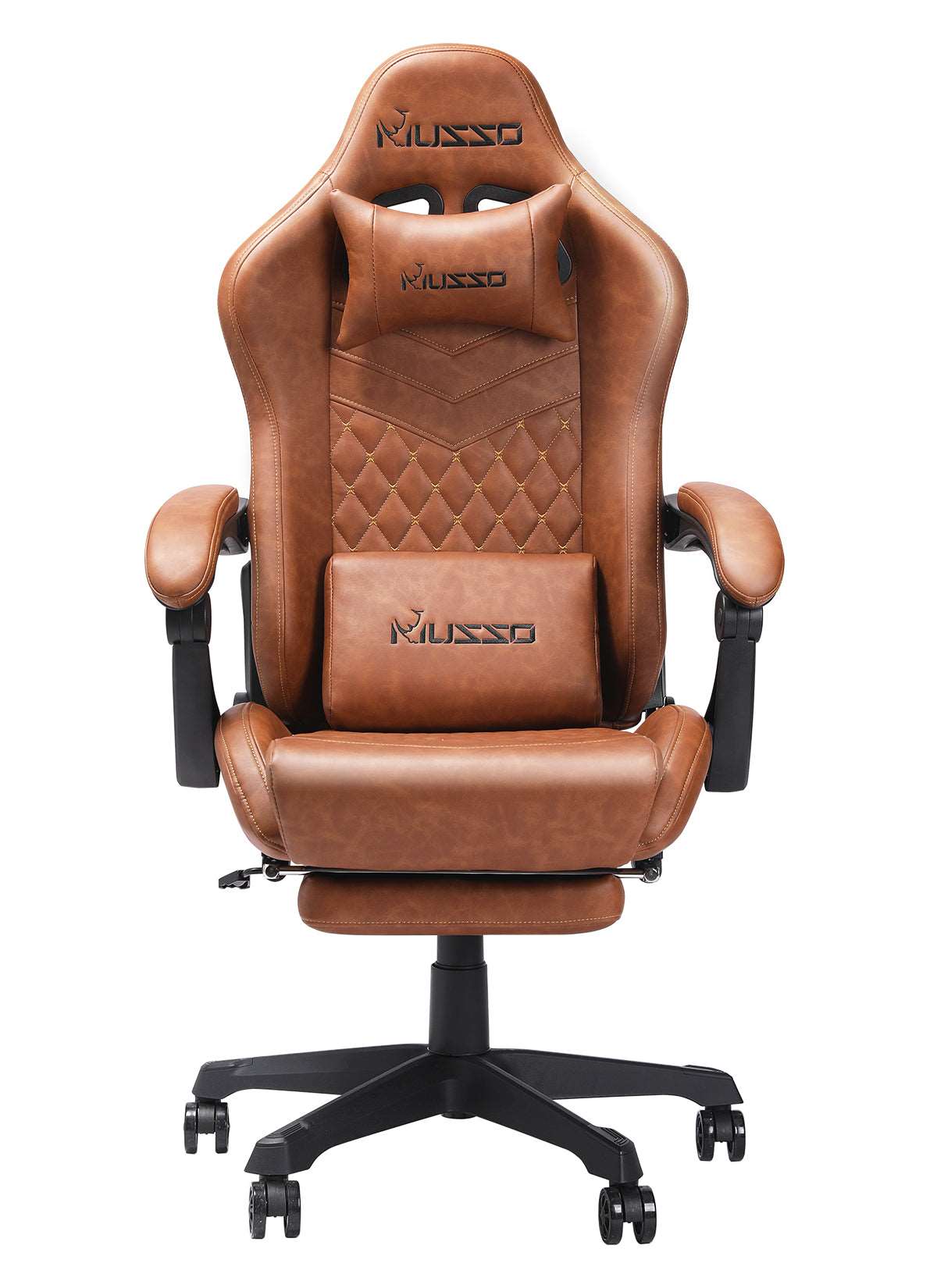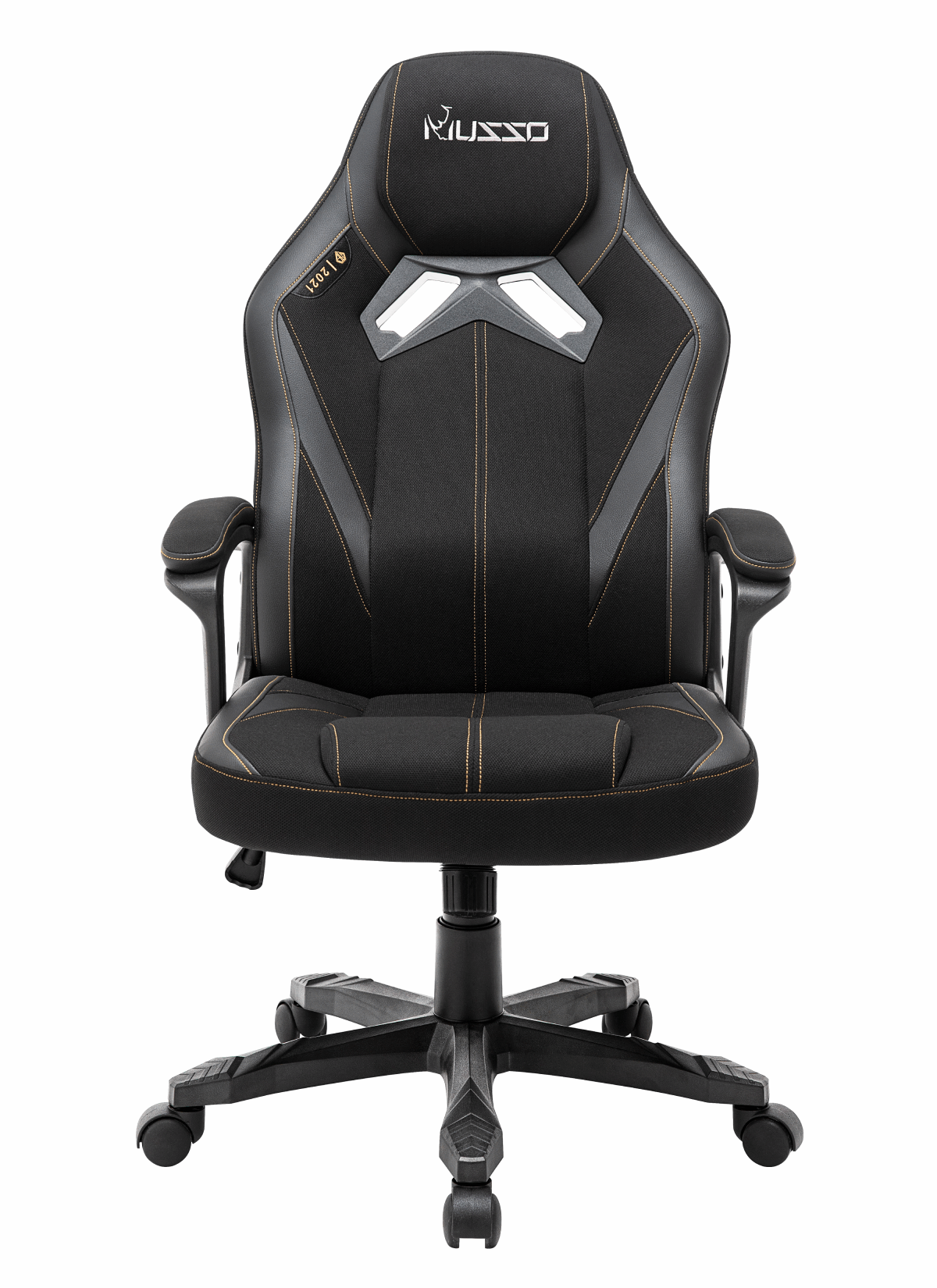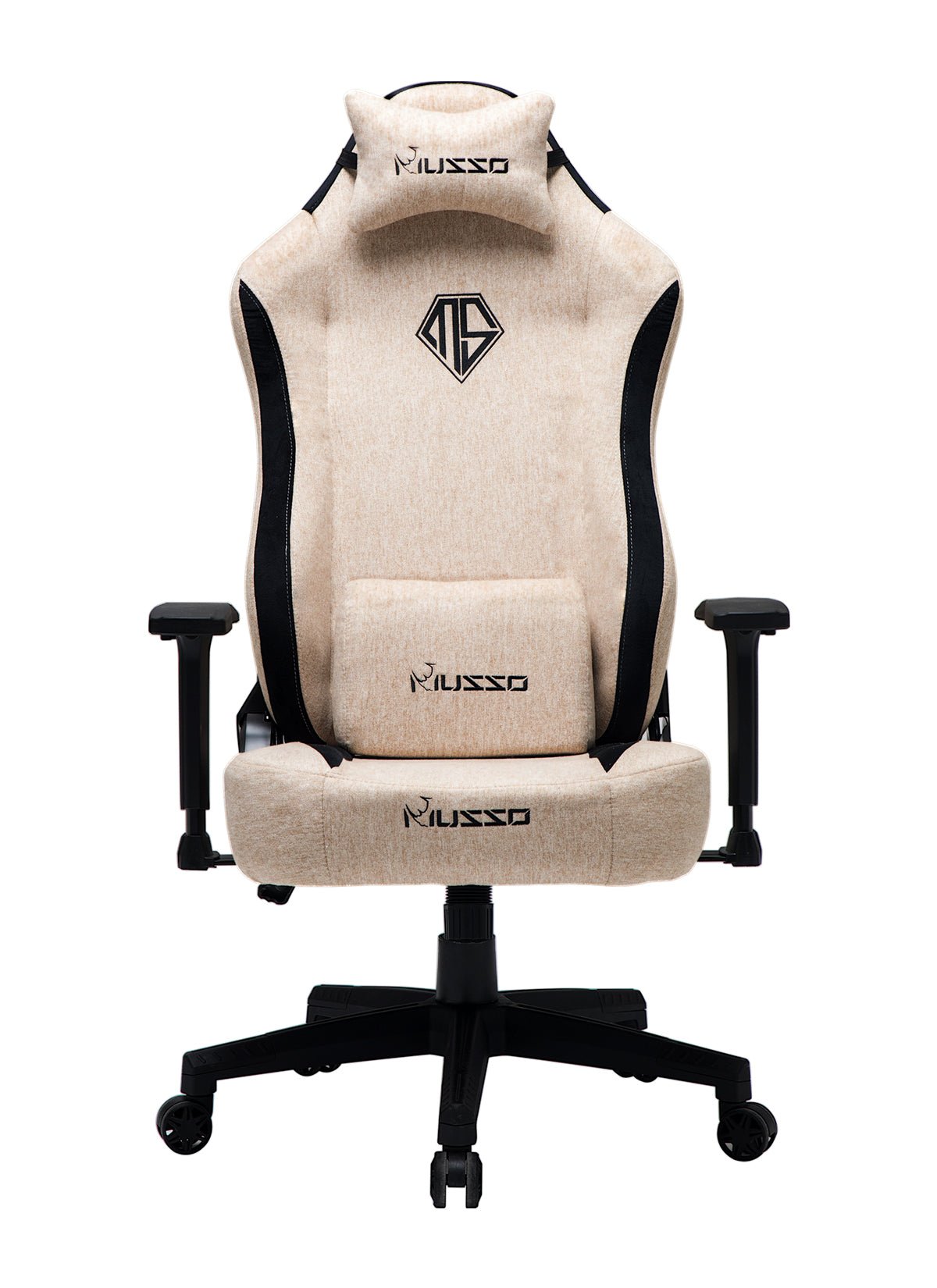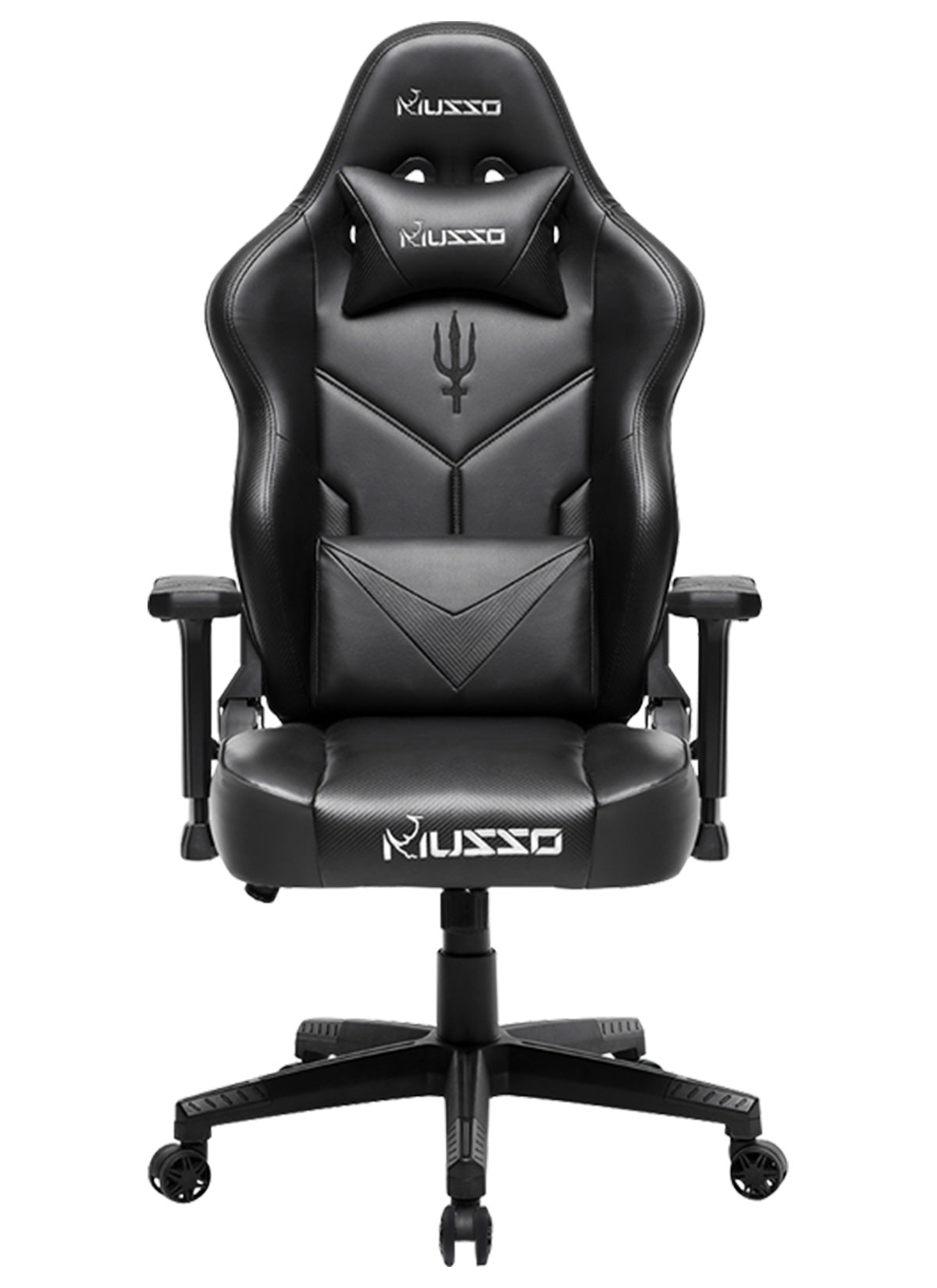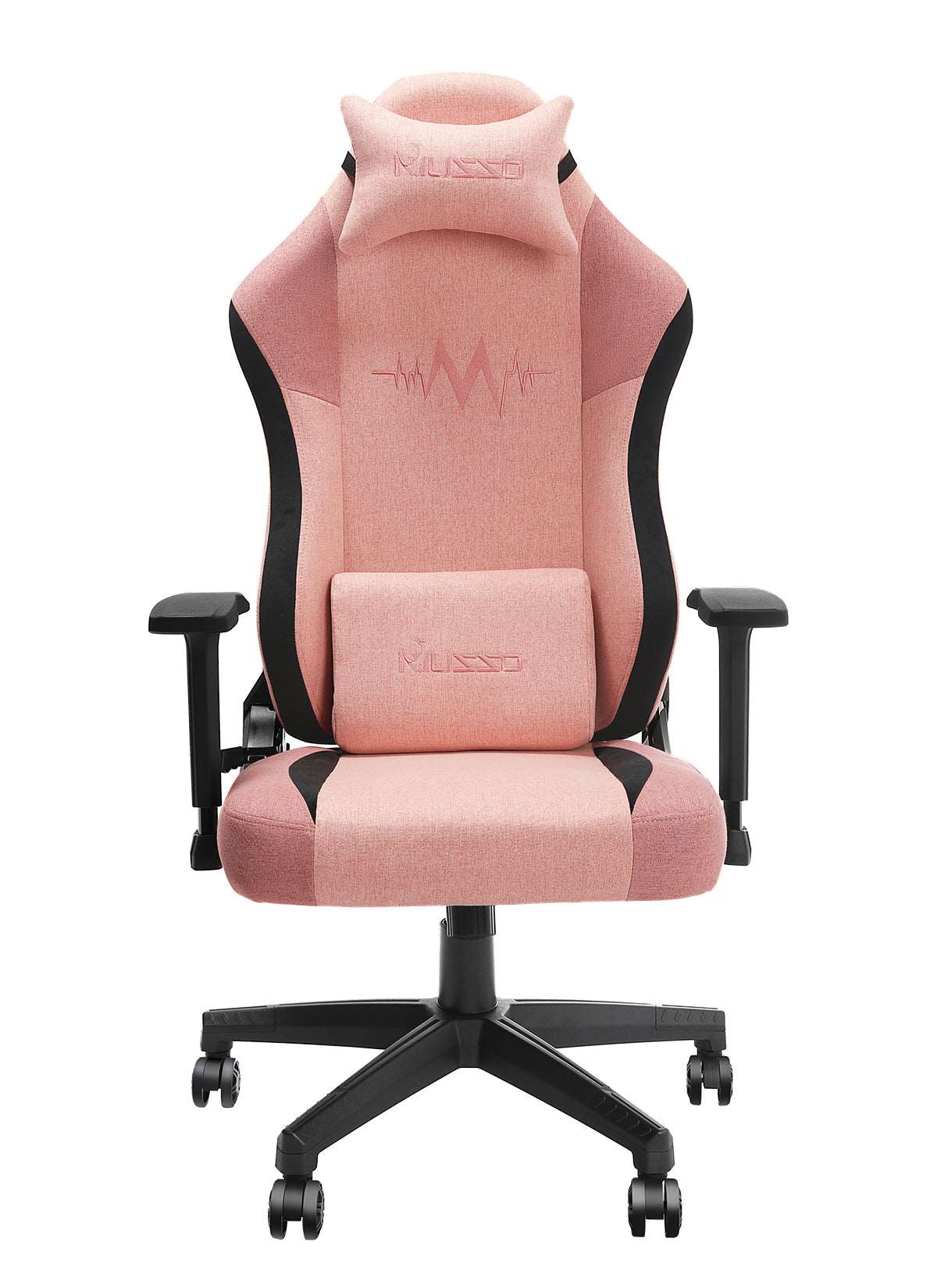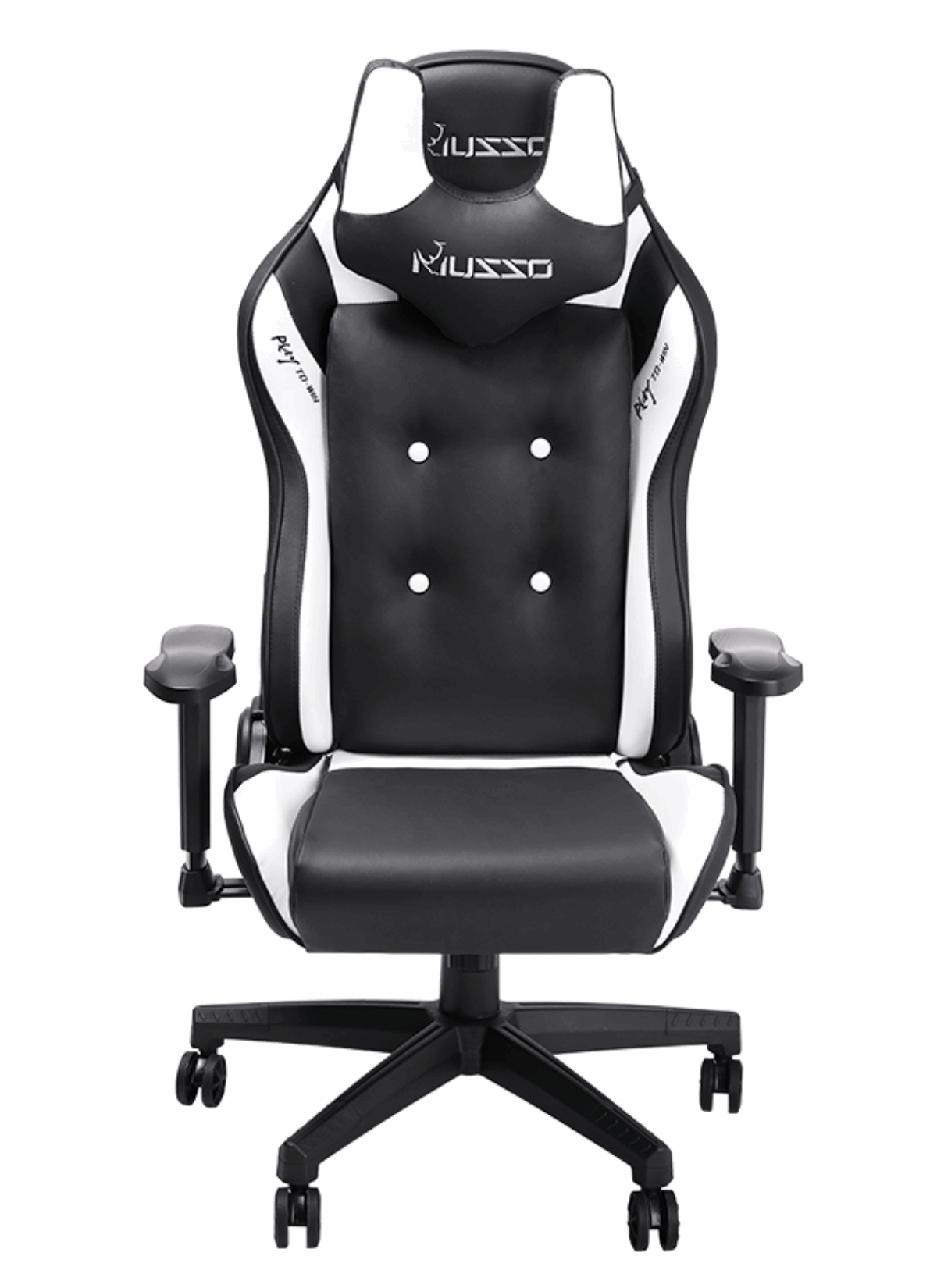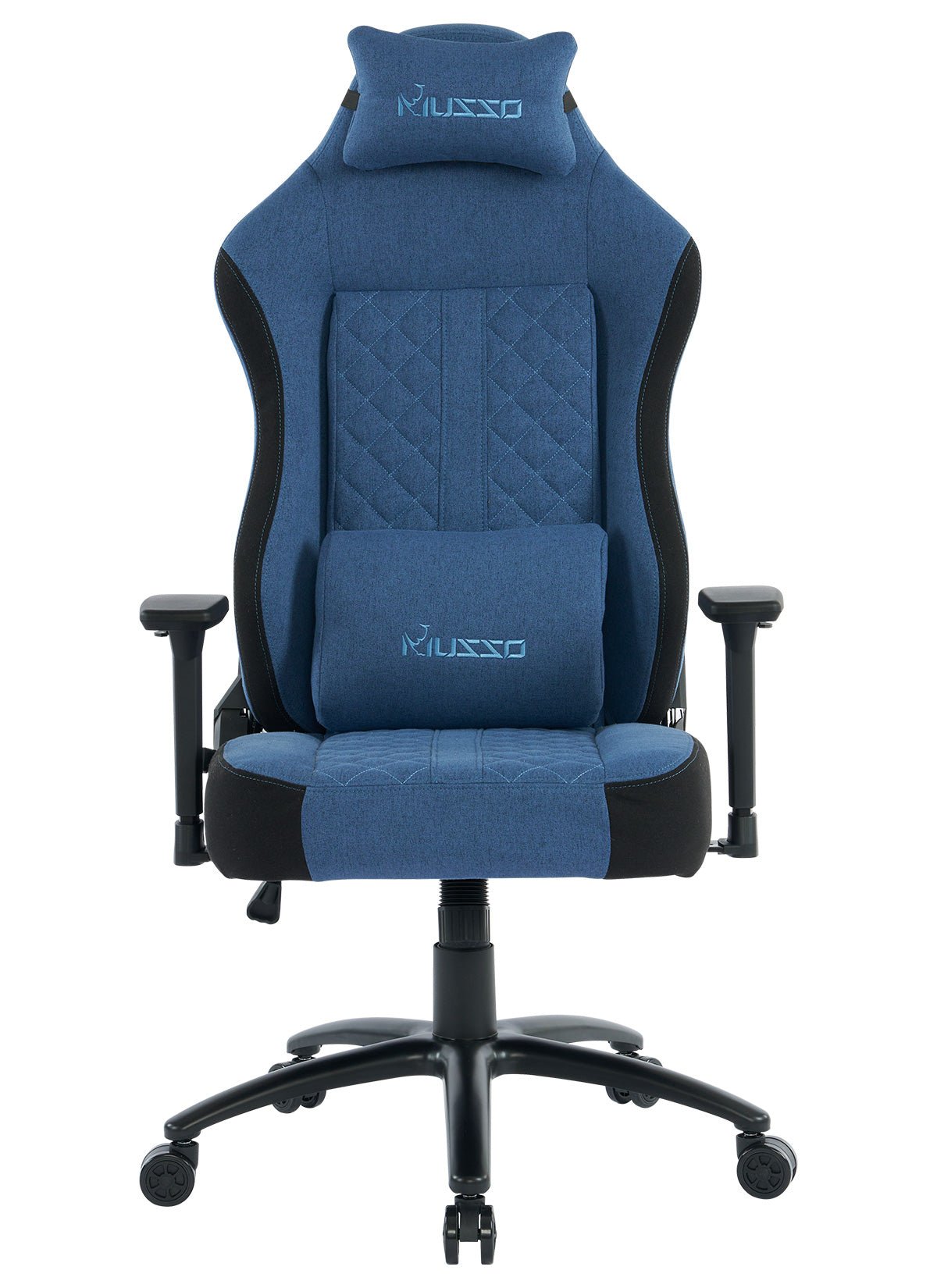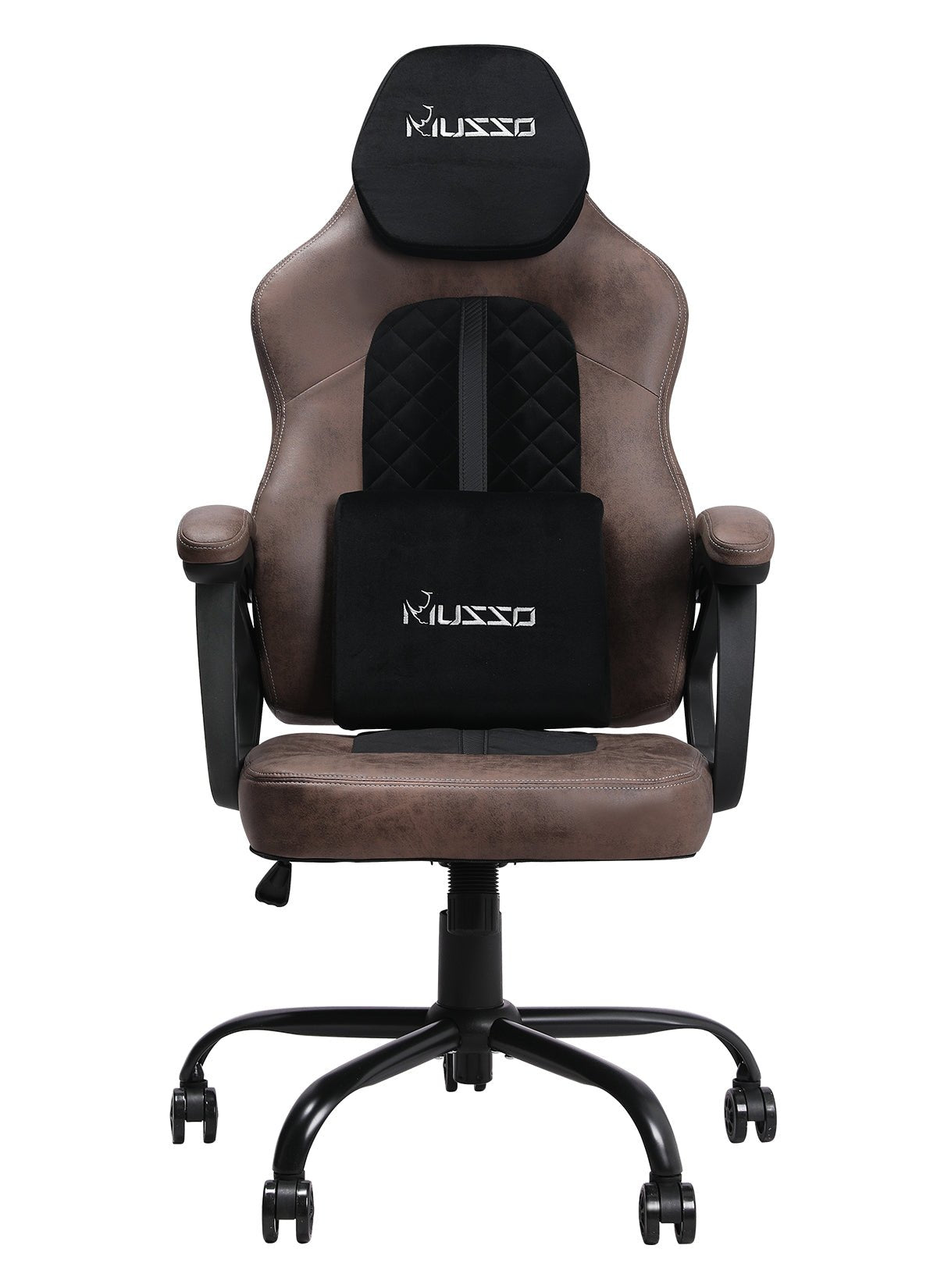In recent years, the popularity of gaming has soared, leading to an increase in the number of individuals spending prolonged periods of time sitting in gaming chairs. As a result, it is crucial to consider the ergonomics of gaming chairs to minimize the potential negative impact on the musculoskeletal system. This essay aims to explore the optimal angle for a gaming chair from a medical professional perspective, taking into account the health and well-being of gamers.

Understanding Ergonomics
Definition of Ergonomics:Ergonomics is the science of designing and arranging the environment in a way that promotes efficiency, comfort, and safety. In the context of gaming chairs, ergonomic principles aim to optimize the chair's design to support the natural posture of the human body.
Importance of Ergonomics in Gaming:
Considering the long hours spent gaming, improper posture can lead to musculoskeletal problems, including back pain, neck strain, and repetitive strain injuries. Adhering to ergonomic principles can help prevent these issues and promote healthier gaming habits.
The Impact of Incorrect Sitting Posture on Health:
Prolonged sitting in an incorrect posture can lead to postural deviations, reduced blood circulation, increased pressure on the intervertebral discs, and muscle imbalances. This can result in chronic pain, decreased productivity, and a diminished overall gaming experience.
Key Factors for Gaming Chair Ergonomics
Seat Height:
The ideal seat height allows the feet to rest flat on the floor or a footrest, with the thighs parallel to the ground. This position reduces pressure on the lower back and promotes proper blood circulation.
Seat Depth:
An appropriate seat depth ensures that the user's back is supported by the backrest, while leaving a few inches of space between the back of the knees and the seat. This prevents pressure on the thighs and helps maintain proper posture.
Backrest Angle:
The angle of the backrest plays a vital role in supporting the natural curves of the spine. It should allow for a slight recline, promoting a neutral sitting position that alleviates stress on the lumbar spine and reduces muscle fatigue.
Armrest Positioning:
Armrests should be adjustable to allow for proper arm and shoulder support. They should be set at a height that allows the elbows to rest comfortably at a 90-degree angle, reducing strain on the neck and shoulders.
Lumbar Support:
A gaming chair with adequate lumbar support helps maintain the natural curve of the lower back, reducing the risk of developing lower back pain. The lumbar support should be adjustable to suit individual preferences.

Recommended Angle for Gaming Chairs
Neutral Sitting Position:The optimal gaming chair angle promotes a neutral sitting position, where the body is aligned to maintain the natural curves of the spine. This position reduces stress on the musculoskeletal system and promotes proper blood flow.
Backrest Angle: Reclined vs. Upright:
Research suggests that a slightly reclined backrest angle, ranging between 100 and 110 degrees, is beneficial for maintaining the natural curvature of the spine. This angle promotes even distribution of body weight and reduces pressure on the intervertebral discs.
Research Findings on Optimal Backrest Angle:
Studies have shown that a reclined backrest angle of approximately 110 degrees reduces spinal disc pressure compared to an upright position. However, it is important to note that individual preferences may vary, and the optimal angle should be adjusted accordingly.
Balancing Comfort and Support:
While a reclined angle is generally recommended, it is crucial to find a balance between comfort and support. Individuals should experiment with different angles and make adjustments based on their personal comfort, as long as the natural curvature of the spine is maintained.
Potential Health Issues and Solutions
Musculoskeletal Disorders:
Proper ergonomics in gaming chairs can significantly reduce the risk of musculoskeletal disorders such as back pain, neck strain, and joint problems. Adhering to the recommended chair angles and adjusting other key factors discussed earlier can help alleviate these issues.
Neck and Shoulder Strain:
An incorrectly positioned gaming chair can contribute to neck and shoulder strain. Maintaining a relaxed posture, ensuring proper armrest positioning, and keeping the monitor at eye level can help mitigate these problems.
Eye Strain and Visual Fatigue:
Improper monitor placement, inadequate lighting, and extended screen time can lead to eye strain and visual fatigue. Positioning the monitor at an appropriate distance, adjusting brightness and contrast levels, and taking regular breaks to rest the eyes are essential practices to reduce these risks.
Carpal Tunnel Syndrome:
Inadequate wrist and forearm support can contribute to the development of carpal tunnel syndrome. Using ergonomic keyboards and mice, along with maintaining proper wrist and forearm alignment, can help prevent this condition.
Additional Considerations for Healthy Gaming
Regular Movement and Stretching:Even with an ergonomically designed gaming chair, it is crucial to take regular breaks, move around, and perform stretching exercises to reduce the risk of muscular imbalances and promote blood circulation.
Proper Lighting and Ambient Conditions:
Optimal lighting conditions and a suitable gaming environment are important for visual comfort and overall well-being. Adequate lighting, minimizing glare, and optimizing the room temperature can enhance the gaming experience while reducing the strain on the eyes and body.
Importance of Taking Breaks:
Taking regular breaks from gaming allows the body to rest, recover, and readjust posture. It is recommended to follow the 20-20-20 rule: every 20 minutes, look at an object 20 feet away for 20 seconds, to reduce eye strain.
Exercise and Physical Fitness:
Engaging in regular exercise, both cardiovascular and strength training, can improve overall fitness and muscular strength. Stronger muscles provide better support for the spine, reducing the risk of postural imbalances and related discomfort.
Conclusion
Summary of Key Points:Optimal ergonomics in gaming chairs are crucial for maintaining a healthy posture, preventing musculoskeletal disorders, and promoting overall well-being.
Emphasizing the Importance of Ergonomics:
Considering the increasing number of individuals spending prolonged hours gaming, understanding and implementing ergonomic principles are essential to minimize the potential negative impact on health.
Final Recommendations for Optimal Gaming Chair Angle:
Based on research and medical professional perspectives, a slightly reclined backrest angle of approximately 110 degrees is recommended to maintain the natural curvature of the spine and reduce pressure on the musculoskeletal system. However, individual comfort and preference should also be taken into account, ensuring a balance between comfort and support.
By prioritizing ergonomics, gamers can enhance their gaming experience while safeguarding their long-term health and well-being.


